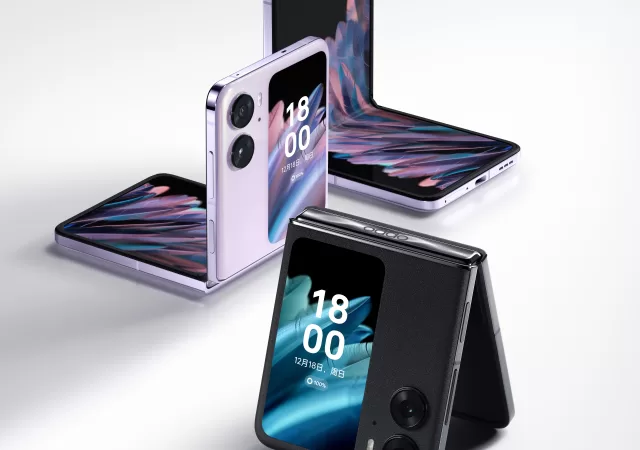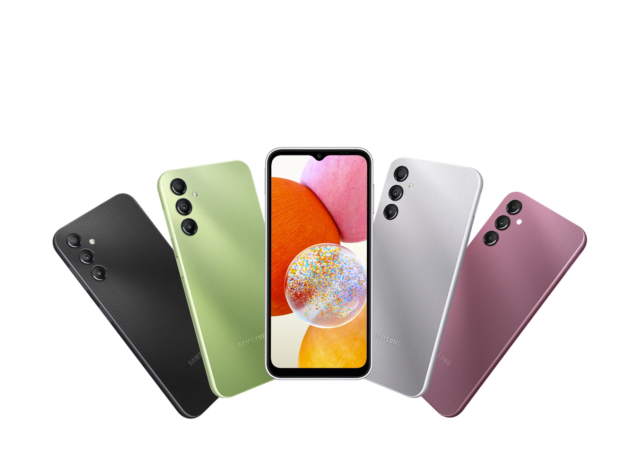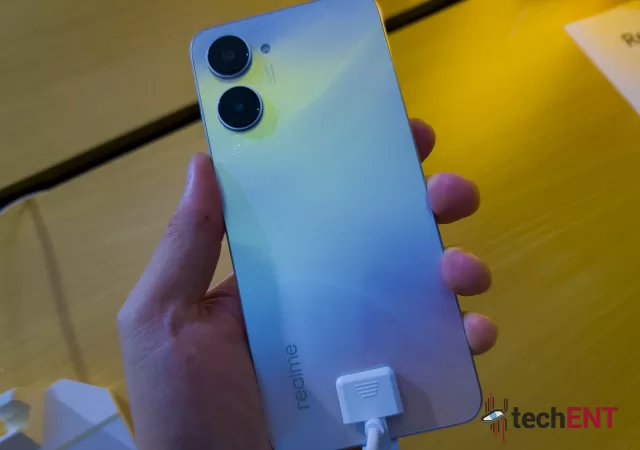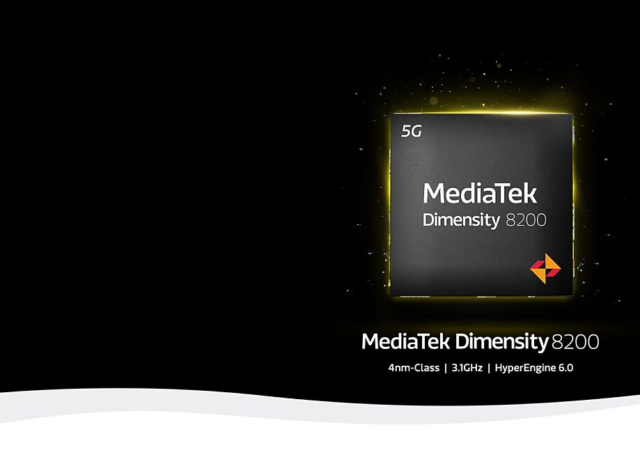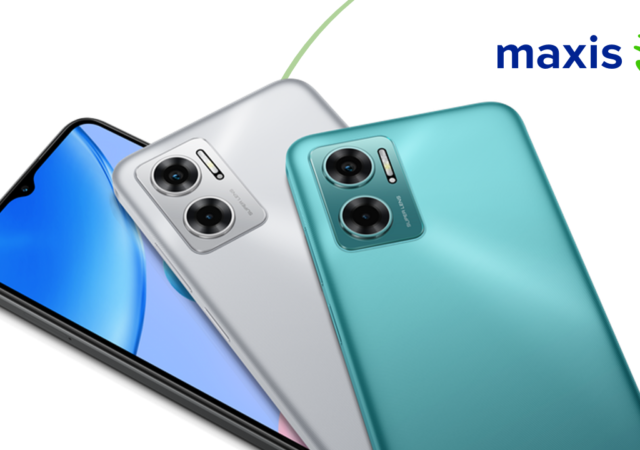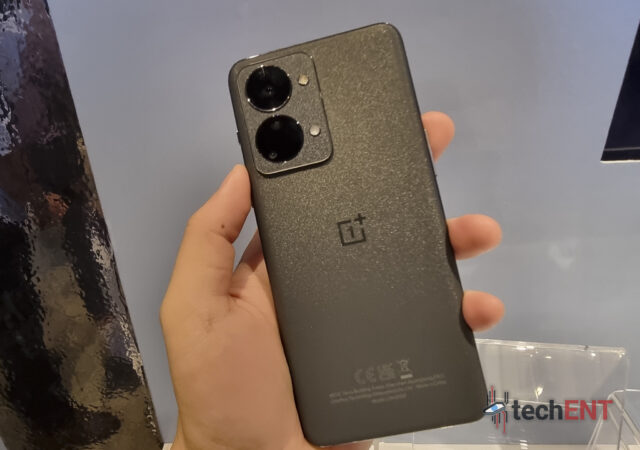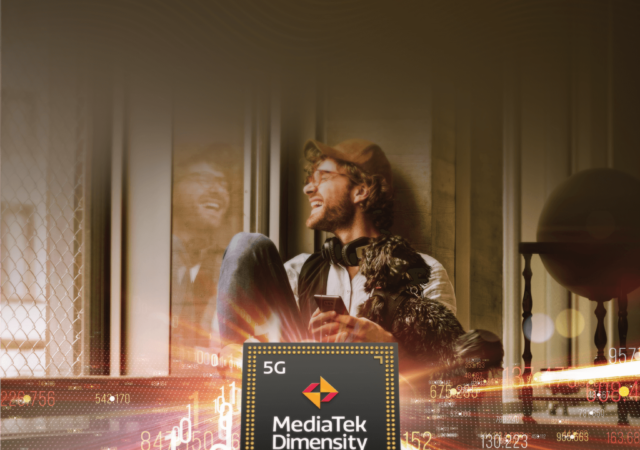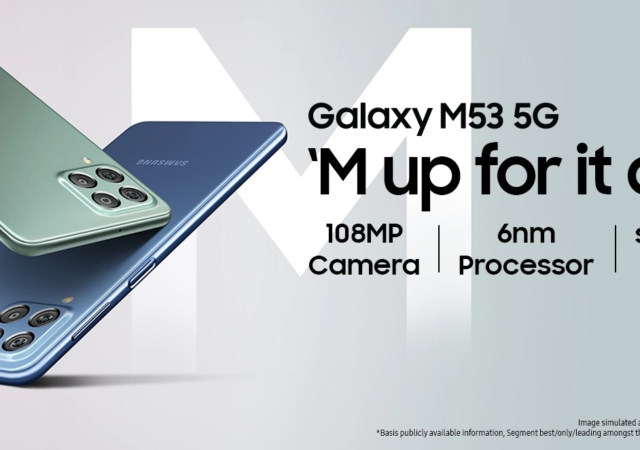OPPO launches their latest foldable smartphone, the Find N2 Flip smartphone with 50MP Hasselblad camera at MYR 3,999.
The vivo V27e Comes with a Ring Light and Flagship Level 64-Megapixel Camera for Only MYR 1,299
vivo releases the V27e smartphone with 64-Megapixel OIS Ultra-Sensing camera and Aura Light Portrait mode in Malaysia for MYR 1,299.
Samsung’s Entry Level A14 4G Silently Released with MediaTek Processor
Samsung silently lists the Galaxy A14 4G on their Malaysian online store. The new smartphone ditches 5G connectivity and comes with slightly lower specs.
realme Launches Their Super Budget Smartphone the realme 10 for under MYR 1,000
realme launches their realme 10, the new budget friendly entry-level smartphone under MYR 1,000 that punches above and beyond its class.
Mediatek Dimensity 8200 launch claims best power efficiency and smooth gaming
Mediatek launches its latest platform, the Dimensity 8200, claiming best-in-class power efficiency for premium 5G smartphones and impressive gaming performance. 4nm process brings power efficiency while retaining performance Mediatek’s new chipset targets the bracket of smartphones just below the flagship…
Xiaomi’s Redmi 10 5G Available in Malaysia Exclusively from Maxis
Xiaomi launches the Redmi 10 5G in an exclusive agreement with Maxis which offers the device for as low as MYR1.
OnePlus Nord 2T 5G Hits Malaysian Shores for MYR 1,899 Onward!
OnePlus launches the new Nord 2T 5G ‘flagship killer’ mid-range smartphone with MediaTek Dimensity 1300 5G SoC for MYR 1,899 onward.
MediaTek Takes on Flagships with Dimensity 9000+
MediaTek announces the Dimensity 9000+ SoC for flagship smartphones with a ultra-powerful Cortex-X2 at its core to take on Qualcomm’s best.
Samsung’s Galaxy M53 5G Available for Pre-order in Malaysia
Samsung silently puts the Galaxy M53 5G up for pre-order in Malaysia making us wonder where the Galaxy A series stands.
TECNO Enters the Malaysian Smartphone Market with Their Phantom X Flagship Smartphone at MYR 1,499
TECNO launches their Phantom X flagship smartphone in Malaysia with 50MP main camera and 48MP selfie camera for MYR 1,499.



